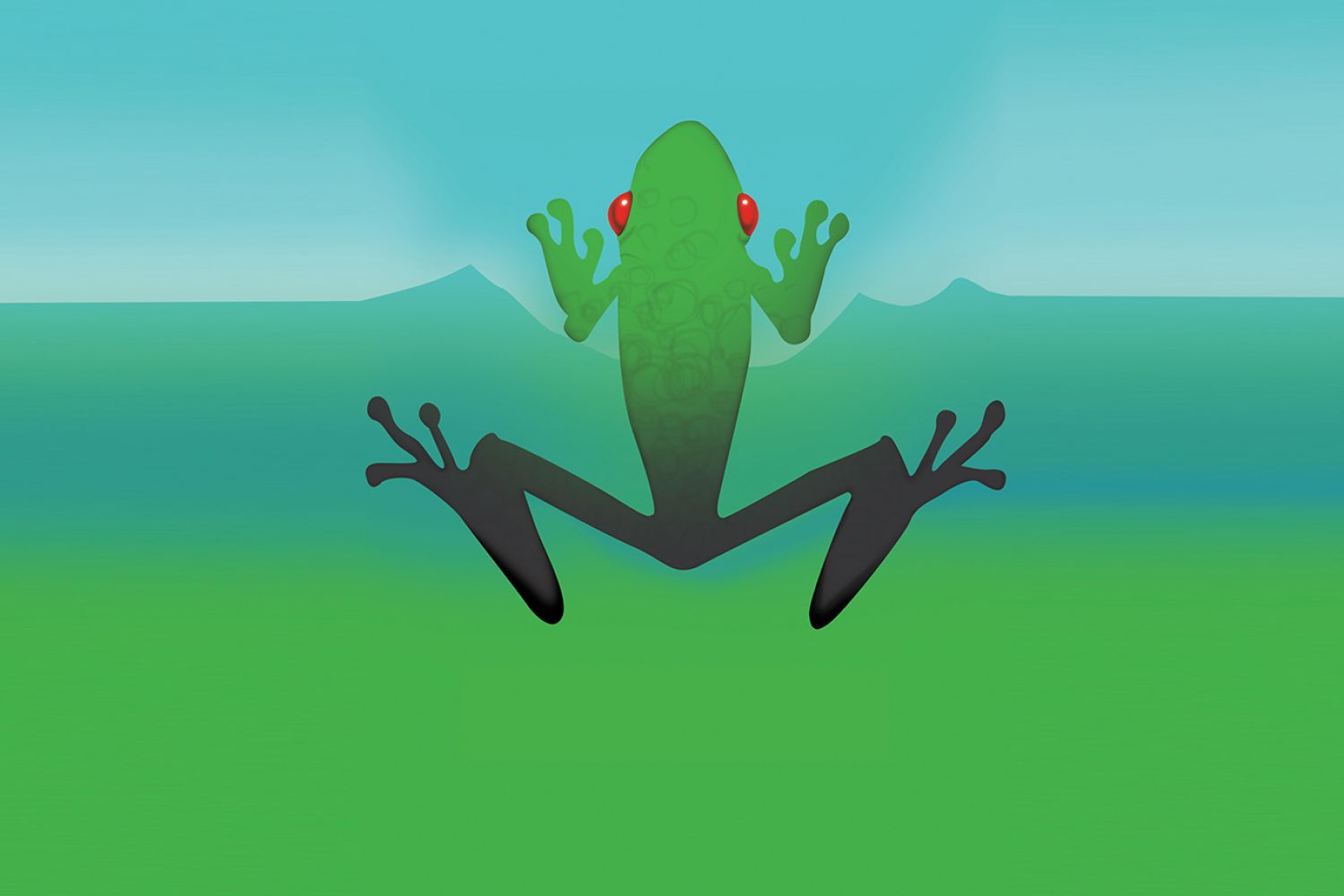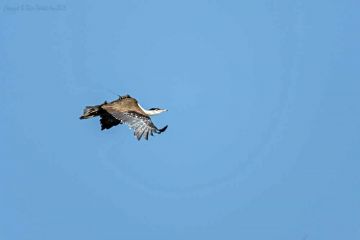
Sixty to seventy million years ago, in a Western Ghats far different from our own, a tadpole hatched out of an egg, distinctly different from its relatives. It lived and survived, spawning generations over millennia, an ancient pulse of life coursing uninterrupted through time.It’s akin to the wonder space scientists and astrophysicists feel at the universe’s first flush of light after the big bang, the background radiation still reaching us, and stars so far away their light is yet to reach





